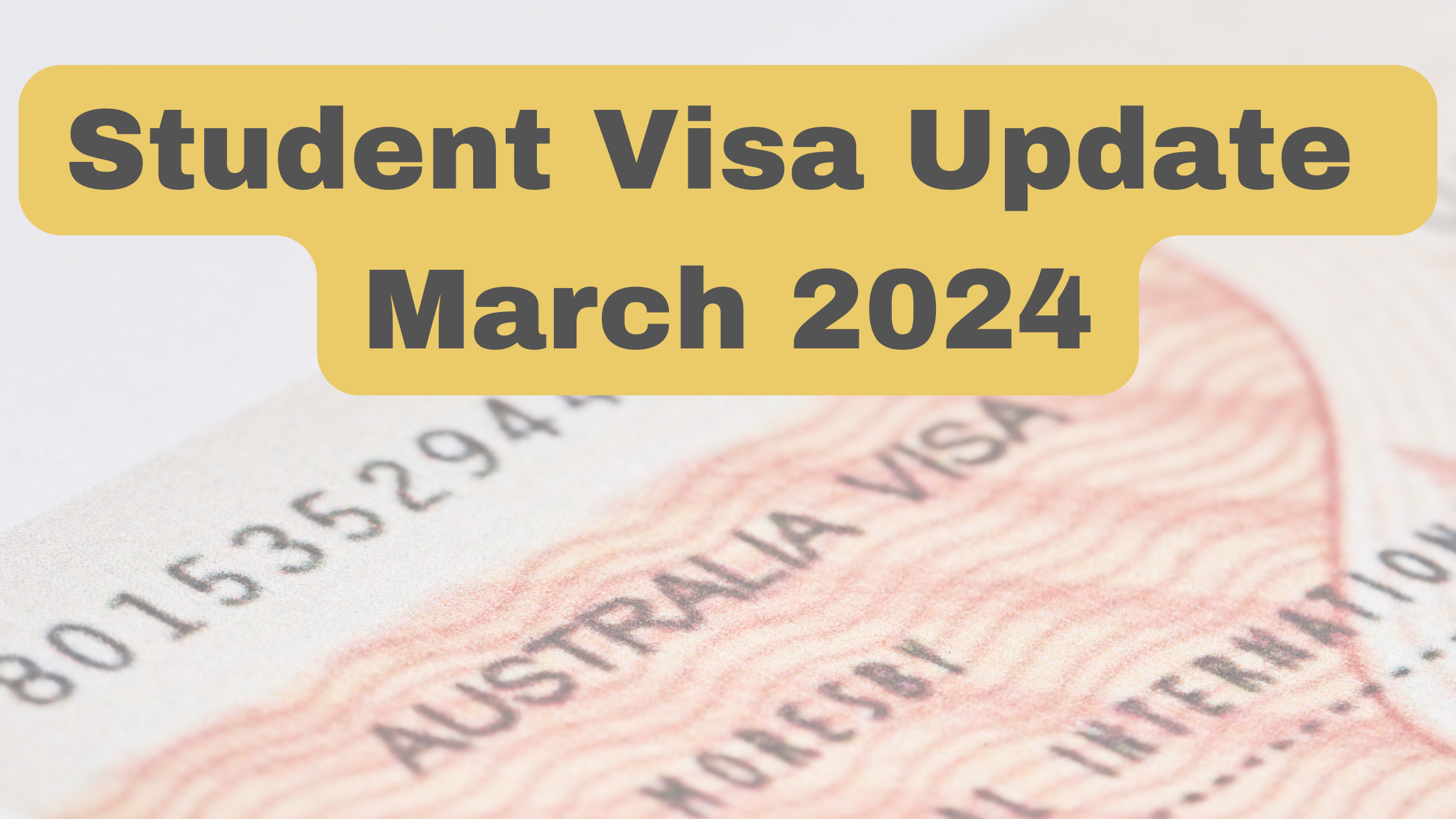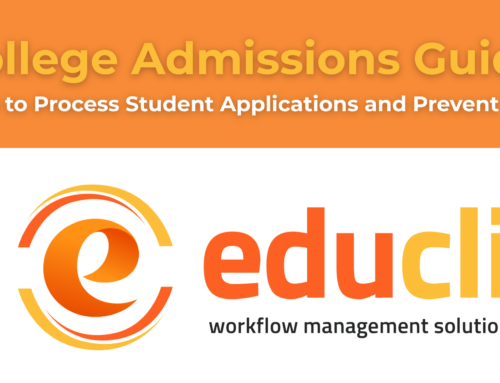Midway through the month of December, Home Affairs Minister Clare O’Neil revealed Labor’s plan to reduce the number of people migrating to Australia from other countries to approximately 250,000 by the year 2025. This plan would be implemented by strengthening its integrity measures, which would include a more stringent English language test and the requirement that international students demonstrate that they are genuine students before entering Australia. The newly minted “genuine student test” is the result of the newly released strategy. The purpose of this test is to better filter out foreign students who come to the country to study but who are actually looking for work.
The new Genuine Student Test, on the other hand, is accompanied by a number of current visa refusals and a increased English language level requirements.
Understanding the Genuine Temporary Entrant (GTE) Requirement
Over the course of many years, the GTE requirement has been an essential component of the application process for student visas. The purpose of this evaluation is to determine whether the applicant’s intention to remain in Australia for the purpose of higher education is truly temporary. On the other hand, the impending removal will mark a significant shift in the manner in which Australia welcomes students from other countries. It is anticipated that this modification to the policy will simplify the application process for international students, thereby reducing the burden of proving that their stay will be restricted to a temporary period. It should open the doors for a more straightforward and accessible route to pursuing a student visa to Australia.
English language requirement changes
The English language testing requirements for student visa English language requirements will increase:
- Temporary Graduate visa will increase from IELTS (or equivalent) 6.0 to 6.5
- Student visa will increase from IELTS (or equivalent) 5.5 to 6.0
- ELICOS will increase from IELTS (or equivalent) 4.5 to 5.0
- University foundation or pathway programs that deliver English language training will be an IELTS (or equivalent) 5.5
Potential changes to the Subclass 485 Visa
Among the goals of the Australian government are the establishment of a transparent path for individuals who hold temporary visas, the reduction of the number of students who are not genuine, and the guarantee that international students will contribute to the solution of Australia’s skills shortages.
The age requirement for a 485 visa will be reduced from 50 years old to 35 years old as a result of the new Migration Strategy that Australia has. This would encourage “early career professionals who can contribute to the Australian economy over a longer period of time,” according to the Department of Home Affairs. An additional modification that will be made to the 485 visa is that the duration of the visa may be reduced altogether.
New Visa for In-Demand Skilled Workers
Probably the most significant change that will be made to the visa system is going to be for employer-sponsored visas, which are scheduled to go into effect in the latter half of 2024. The Temporary Skill Shortage Visa (Subclass 482) will be replaced by a new temporary skilled worker visa that will be valid for four years. It has been suggested that the processing time be around seven days in order to maintain the flow of our workforce.
Here’s what we know about the new Skills in Demand visa so far:
Guaranteed Pathways to Permanent Residence – Periods of employment with any approved employer will count towards permanent residence, allowing for more job opportunities and skills growth.
More Time to Find a New Job – If an employment relationship with a sponsor ceases, visa holders will have 180 days (up from 60) to find another sponsor and can work during this period.
Trailing Employer Fees – The government will explore a model for employers to pay trailing charges, monthly or quarterly, to help encourage new employers to offer sponsorship.
Streamlines Visa Applications – Visa applications will be backed by a service standard for visa processing, enabling employers to fill vacancies quickly.
Public Register of Sponsors to Assist Mobility – A public register of approved sponsors will be developed to assist migrants wishing to find a new sponsor.
Pathways Within Visa
Specialist Skills Pathway
A streamlined approach for specialised skilled workers that allows for quick and easy recruitment.
Available for any occupation except trades workers, machinery operations and drivers, and labourers.
For those earning at least $135,000 (the Specialist Skills Threshold) and no less than Australian workers in the same occupation.
Core Skills Pathway
Designed to meet targeted workforce needs now and in the future to support our ways of life.
Available for those whose occupation is on a new Core Skills Occupations List.
For those who will be paid a salary at or above the TSMIT (which will be renamed the Core Skills Threshold when the system is implemented) or the relevant average market salary.
Opportunities for Educational Institutions
The transition from the Genuine Temporary Entrant Test to the Genuine Student Test ought to have a positive impact on the process of selecting courses, with clear outcomes for the students in relation to their future employment, further studies, or other visas. Education providers should take into consideration a number of important factors, including possible routes to higher education courses, connections with industry for potential employment in the future, and the experiences of students. The government is concentrating its efforts on courses that offer a direct route to future employment opportunities in Australia; however, it will be the responsibility of the applicants to demonstrate how the targeted course will be beneficial to them.
Navigating the Transition
As the implementation date approaches, it’s crucial for migration agents, students, and educational institutions to stay informed about the specific details and adjustments to the application process. Keeping up with official announcements and guidance from DOHA will be essential during this transition period.





Leave A Comment